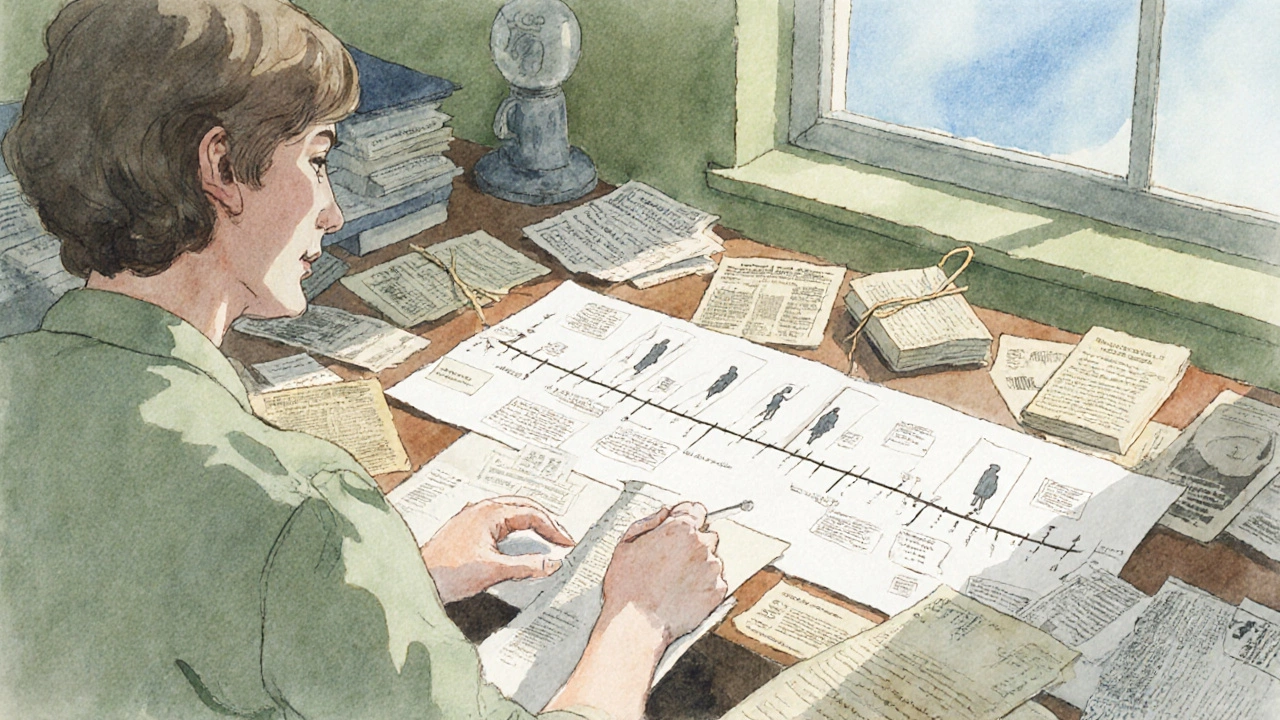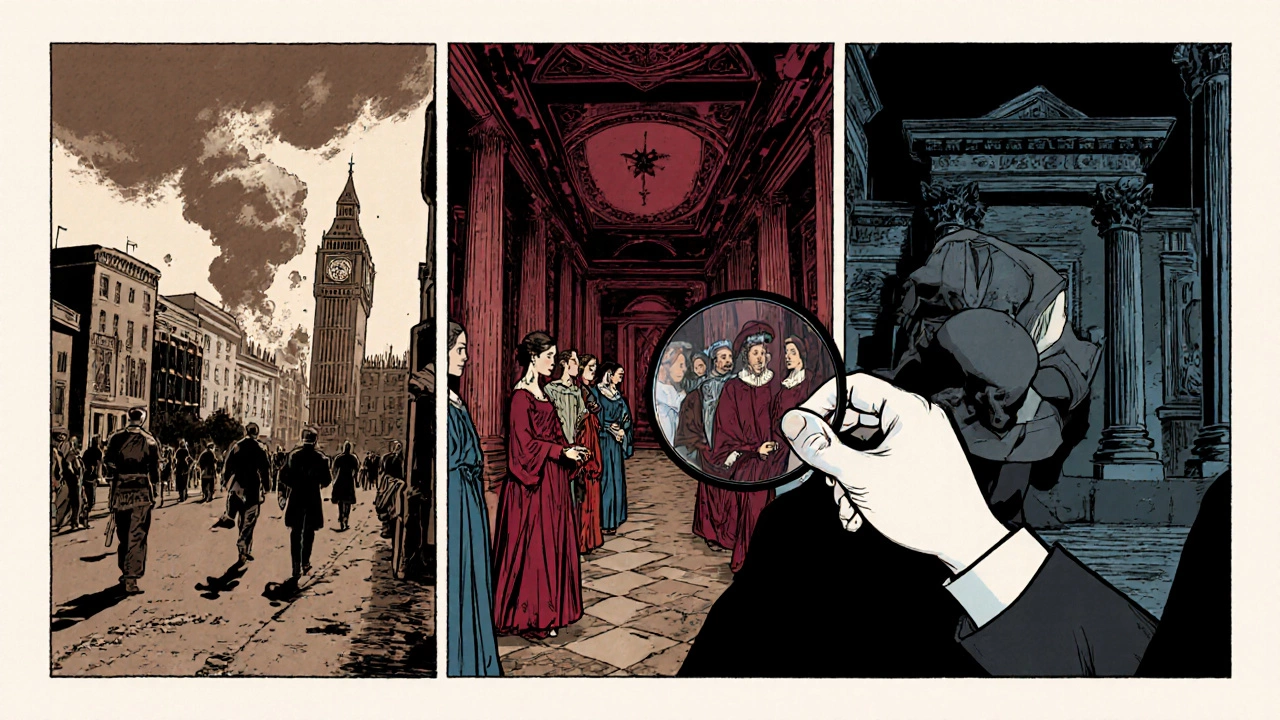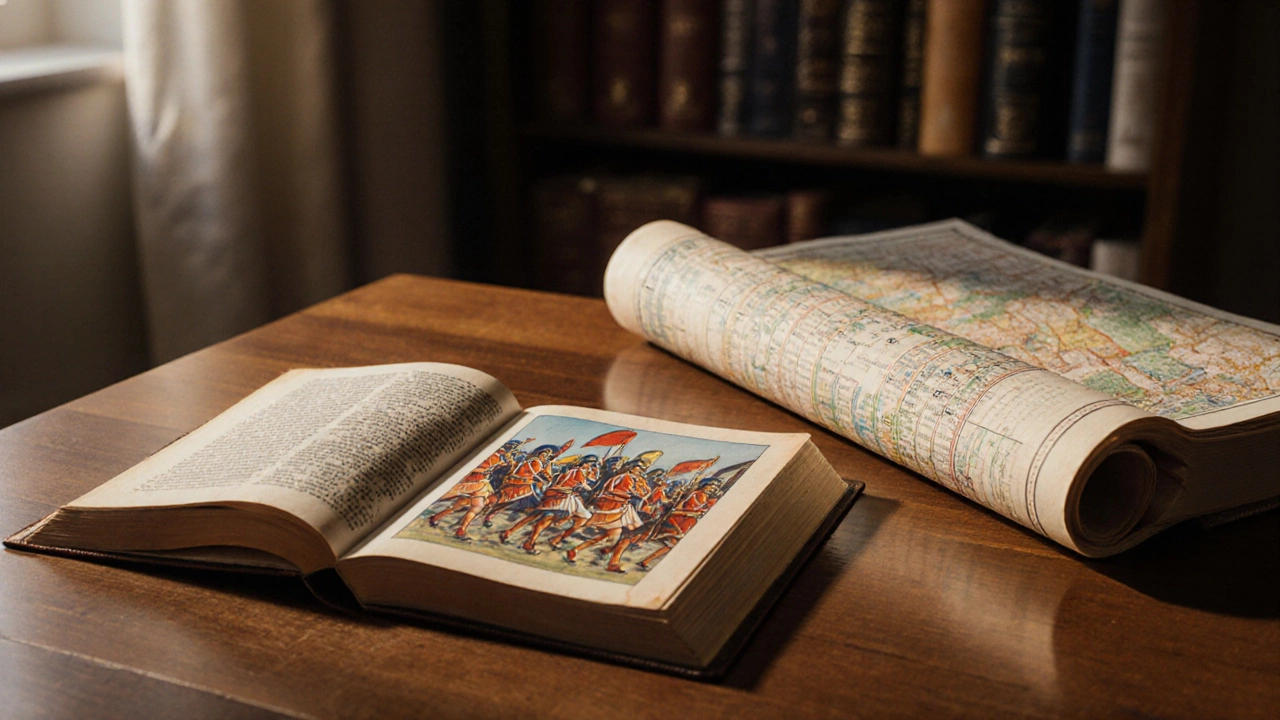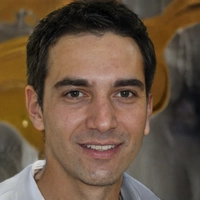Historical Fiction Accuracy Estimator
Estimate how much of your historical fiction book is based on documented facts versus creative fiction. This tool uses criteria from the article "How Much of Historical Fiction Is True?".
Assess Your Book
Results
Estimate based on your selections:
0%
Not calculated yet
Select options to see your result
Ever wondered how much of a historical fiction novel is actually true? You pick up a book set in ancient Rome or World War II, feel the drama, and then wonder: did any of this really happen? Below we break down what makes a story feel authentic, where authors bend the truth, and how you can tell what’s fact and what’s creative license.
Key Takeaways
- Historical fiction mixes real events with imagined characters; the ratio varies widely.
- Authors rely on primary sources, but they also fill gaps with plausible inventions.
- Typical accuracy levels range from "highly researched" (over 80% factual) to "loosely inspired" (under 30% factual).
- Look for author notes, bibliography, and expert reviews to gauge reliability.
- Enjoy the story first, then explore the real history to deepen your reading experience.
What Is Historical Fiction?
Historical fiction is a literary genre that sets fictional characters or events against a backdrop of real historical periods, figures, or incidents. It isn’t a history textbook, but it strives to recreate the look, feel, and social dynamics of the chosen era. The goal is to make the past vivid for modern readers while delivering a compelling narrative.
How Writers Blend Fact and Fiction
Most historical novelists start with a primary source-letters, court records, newspaper articles, or archaeological reports. Those raw data points become the scaffolding for the plot. From there, authors add dialogue, internal monologues, and ancillary characters to fill the gaps.
The balance of fact versus invention can be grouped into three common approaches:
- High‑fidelity research: Over 80% of the narrative aligns with documented events. Example: Philippa Gregory’s “The Other Boleyn Girl” follows court records closely, even if some dialogue is imagined.
- Moderate‑fusion: About 50‑70% factual, with major plot points driven by fictional protagonists. Example: Ken Follett’s “Pillars of the Earth” weaves real medieval engineering challenges with invented characters.
- Loose inspiration: Less than 30% factual; the era serves mainly as an atmospheric stage. Example: Terry Pratchett’s “Guards! Guards!” (Discworld) uses a medieval setting but largely parodies historical tropes.
Common Myths About Accuracy
Many readers assume that if a book claims to be historical, everything inside must be true. That’s a misconception. Here are three myths that often trip people up:
- Myth 1: Every name and date is correct. Even meticulous authors can miss a minor date or mispronounce a regional name.
- Myth 2: All dialogue is real. Unless the source includes transcripts, every conversation is imagined.
- Myth 3: Fictional characters never influence real events. In many novels, invented protagonists drive major historical outcomes-a narrative device to give readers a personal lens.

How to Spot Truth in a Novel
When you finish a book, ask yourself these quick questions:
- Does the author provide a bibliography or “historical note” section? If yes, check the sources listed.
- Are the main events corroborated by reputable historians? Look up the battle, treaty, or social reform mentioned.
- Do the cultural details (clothing, food, language) match academic descriptions of the period?
- Has a subject‑matter expert reviewed the manuscript? Endorsements from historians add credibility.
These steps help separate the solid backbone from the creative flesh.
Notable Examples Across Eras
Below are a few standout novels and how they stack up on the fact‑fiction spectrum:
- Hilary Mantel’s “Wolf Hall” (Tudor England) - around 85% factual, based heavily on letters from Thomas Cromwell.
- Alexandre Dumas’s “The Three Musketeers” (17th‑century France) - loosely inspired; many characters are fictional, and events are dramatized for adventure.
- Sarah Waters’s “The Night Watch” (London, WWII) - moderate‑fusion; real bombings and rationing are factual, while the central love story is invented.
- Colleen McCullough’s “The First Man in Rome” (Roman Republic) - high‑fidelity, drawing from ancient historians like Livy and Plutarch.
Balancing Storytelling and Scholarship
Authors face a constant tug‑of‑war: stay true to history or keep the narrative engaging. Too much exposition can freeze the story; too much drama can distort facts. Successful writers often adopt a "fictional lens"-they imagine how an ordinary person might experience a well‑documented event.
From a historical novelist’s perspective, the craft looks like this:
- Research phase: Gather primary and secondary sources, create a timeline.
- Mapping phase: Plot where fictional characters intersect with real events.
- Writing phase: Fill gaps with dialogue, internal thoughts, and sub‑plots.
- Fact‑checking phase: Verify dates, names, and cultural details; adjust where needed.

Reader’s Checklist: How to Evaluate a Historical Novel
Use this quick cheat sheet before you commit to the next book:
- Check the author’s credentials (history degree, research background).
- Look for a “Notes” section at the back of the book.
- Search for reviews from historians or history‑focused publications.
- Cross‑reference key events with a reliable encyclopedia or academic source.
- Note any anachronisms (e.g., a smartphone in a Victorian setting).
If most items check out, you’re likely reading a well‑researched work. If not, treat the story as pure entertainment.
Comparison: Historical Fiction vs Non‑Fiction
| Aspect | Historical Fiction | Historical Non‑Fiction |
|---|---|---|
| Primary Goal | Tell a compelling story | Present factual analysis |
| Source Reliance | Mix of primary sources and imagination | Strictly primary & secondary sources |
| Narrative Freedom | High - dialogue, internal thoughts, invented plots | Low - limited to documented evidence |
| Typical Author Background | Novelists, sometimes historians | Academic historians, journalists |
| Reader Expectation | Emotional engagement, immersion | Accuracy, insight, scholarly depth |
Frequently Asked Questions
How can I tell if a historical novel is well‑researched?
Check for a bibliography, author’s notes, and endorsements from historians. If the book cites primary documents and aligns with known timelines, it’s likely solid research.
Do fictional characters ever change real history?
In pure fiction, they can. In most reputable historical novels, fictional protagonists act within the constraints of real events, never rewriting major outcomes.
Is it okay to read historical fiction as a primary source?
No. Treat it as a secondary source that reflects the author’s interpretation. Use it to spark interest, then verify facts with academic works.
What are some reliable authors for accurate historical fiction?
Hilary Mantel, C.J. Sansom, Mary Renault, and Bernard Cornwell are known for extensive research and source transparency.
Can a novel set in a well‑documented era still be inaccurate?
Yes. Even with abundant records, authors might simplify politics, compress timelines, or misrepresent cultural norms for narrative flow.

